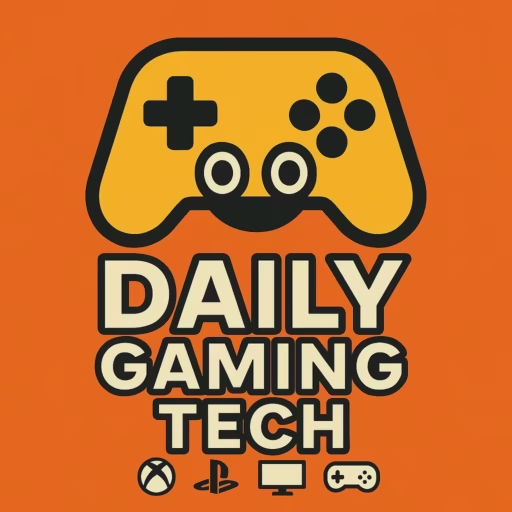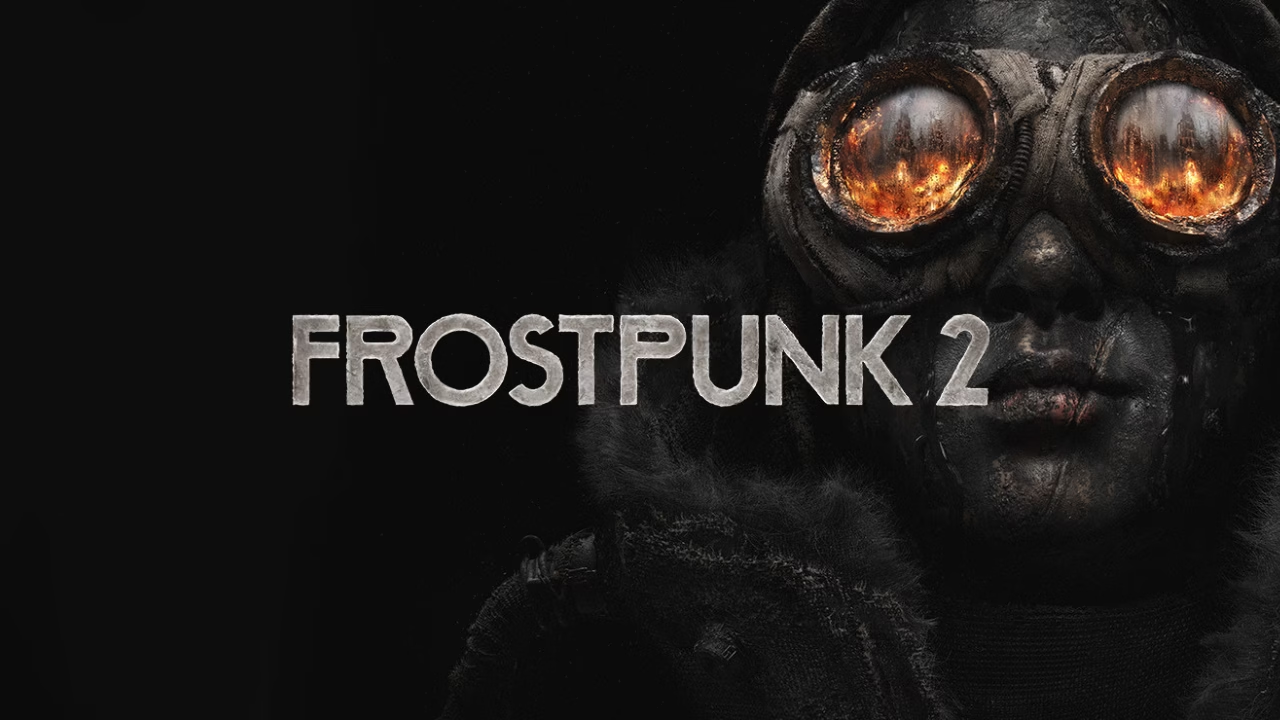Frostpunk 2
Out Now
Version tested: Xbox Series X
From the moment Frostpunk 2 begins, it makes clear that this is not simply more of the same. Set 30 years after the original’s Great Storm, you incarnate as a Steward rather than a Captain, tasked not only with keeping New London alive but guiding it into a new era. The scope is considerably larger, the systems more intertwined, and the stakes on both mechanical and thematic feel heavier.
Visually, the game leans into bleak grandeur. The frost, snow, and industrial machinery are rendered with care, though not without occasional rendering hiccups.
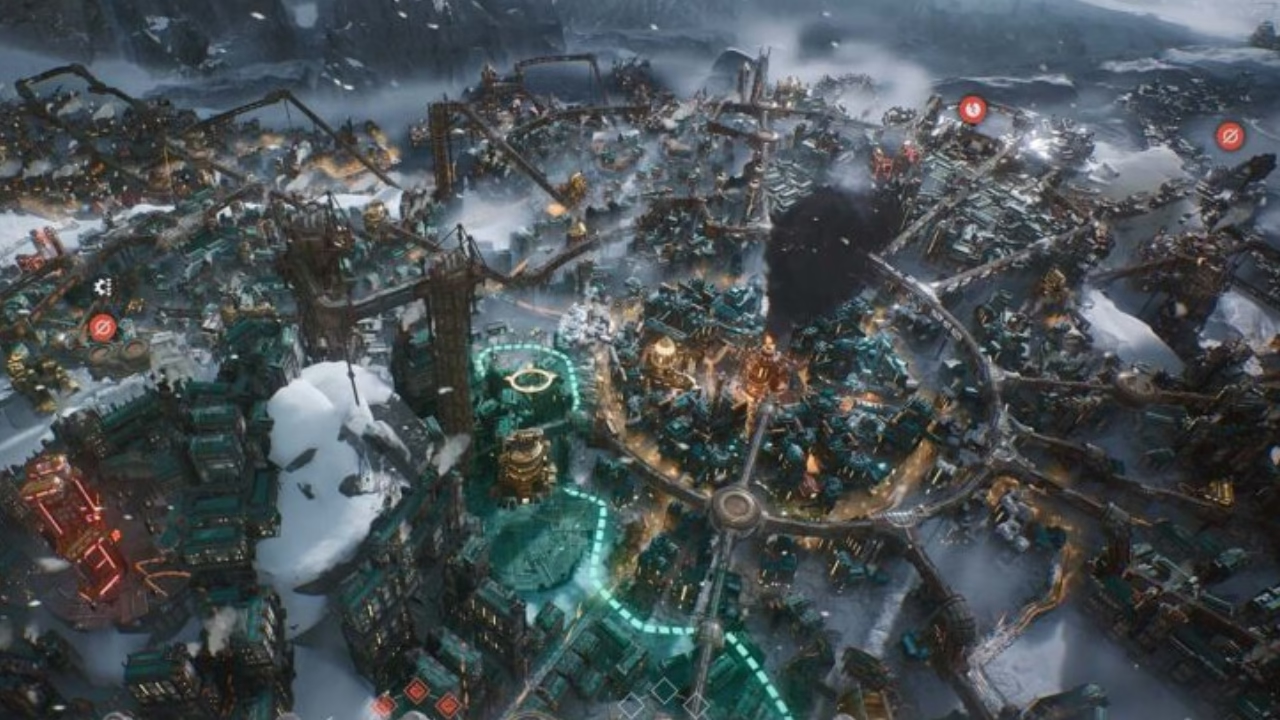
It’s a bold sequel. Whether it lands for you depends on how much you’re willing to accept trade-offs in exchange for ambition.
One of the most conspicuous changes in Frostpunk 2 is the shift from granular micromanagement to higher-level, macro decision-making. Instead of focusing on individual buildings and their immediate needs, a lot of your time is spent managing districts, balancing resources across large sectors, and negotiating between factions.
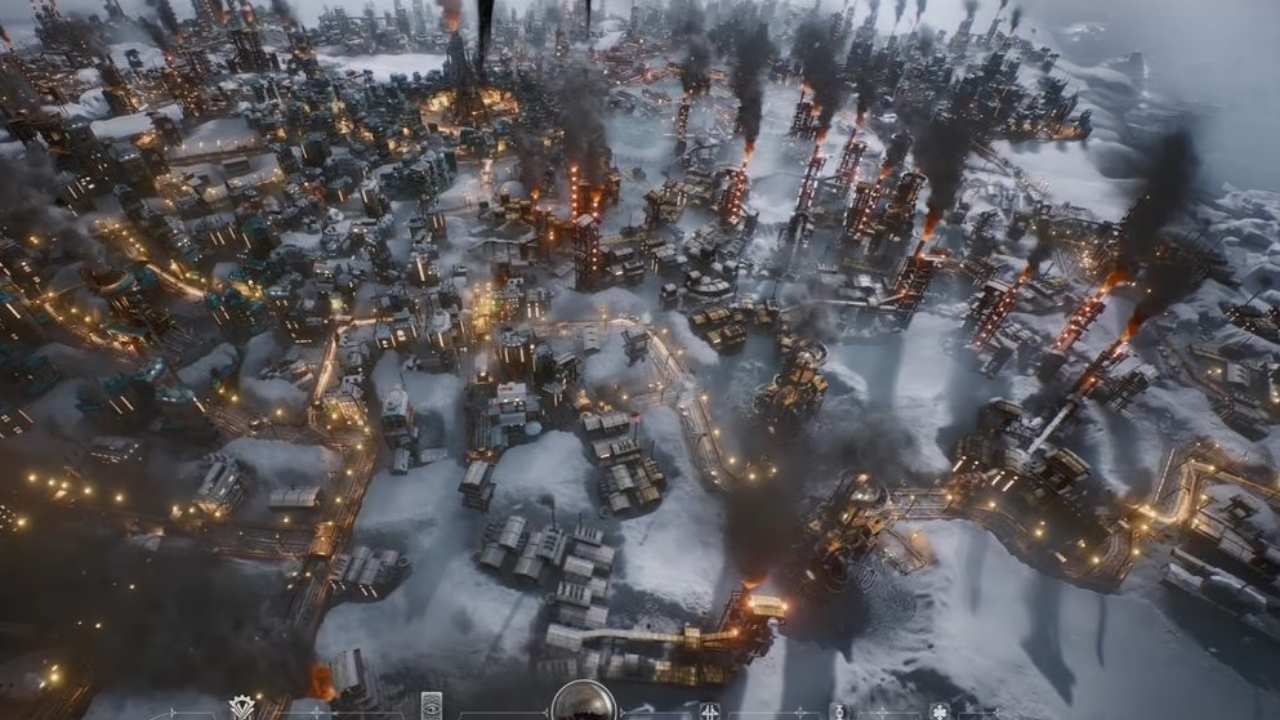
This gives the experience a more big-picture feel, but sometimes at the cost of emotional intimacy. You might not feel as strongly connected to individual citizens or smaller struggles, as some of that detail is abstracted away.
Perhaps the most intriguing new system is how laws are passed through a council of communities and factions. You can no longer just decree changes unilaterally—you must negotiate, win votes, and often make promises you later regret. That tension is one of the game’s strongest features.
However, the flip side is that in many situations, your choice is somewhat constrained by faction demands or the need to maintain coalition stability. It does give the feel that this constriction undercuts the illusion of freedom.
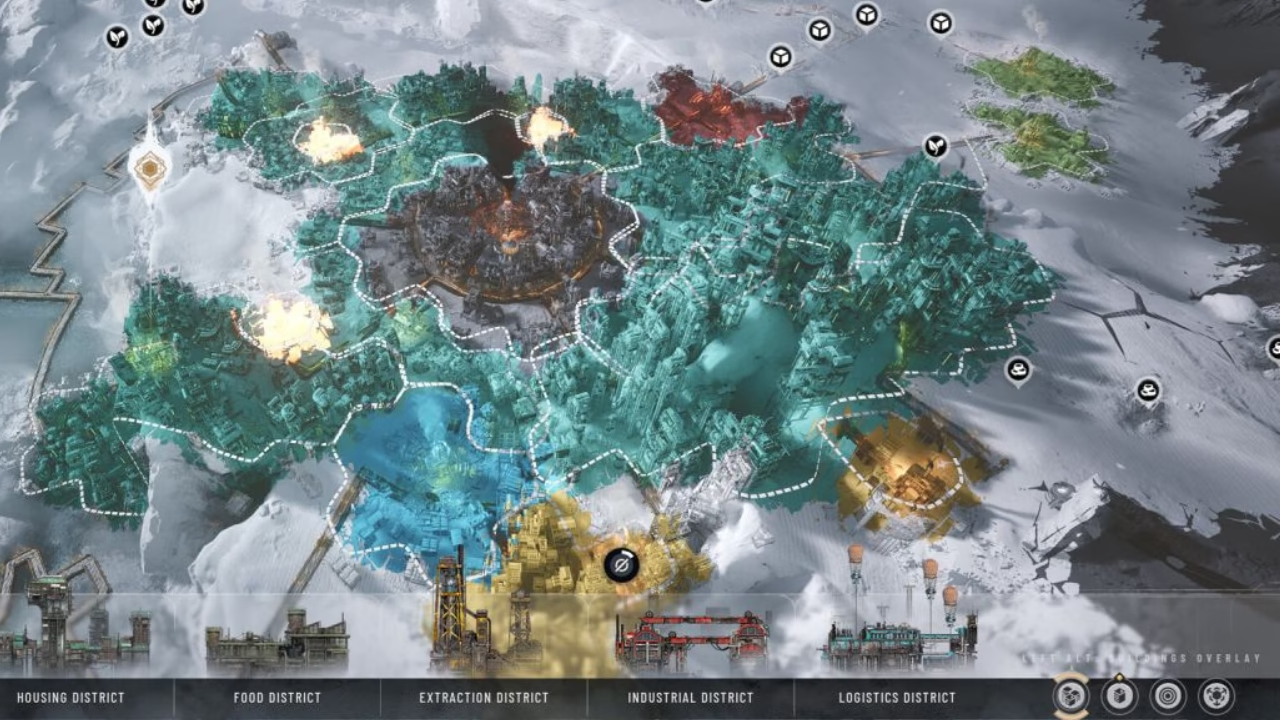
The ability to manage multiple outlying settlements, expand new districts, and build far-reaching infrastructures adds a lot of replay value. The inclusion of a Utopia Builder (sandbox) mode, where you can tailor starting factions and goals, further enhances longevity.
While the ambition is noticeable, some rough edges remain. Performance dips in dense city scenes are common, even on capable hardware. The UI is sometimes overwhelming. Overlay tooltips, shifting panels, and delayed feedback can make it harder to track cause/effect in your city. Some quality-of-life features, including toggling between city layers or visualising district boundaries, can feel fiddly or a little underdeveloped.
From a narrative perspective, Frostpunk 2 retains the series’ signature tone: it’s grim, cynical, and emotionally fraught. You’re not always “winning” in a classical sense—often what you salvage is just enough to continue.
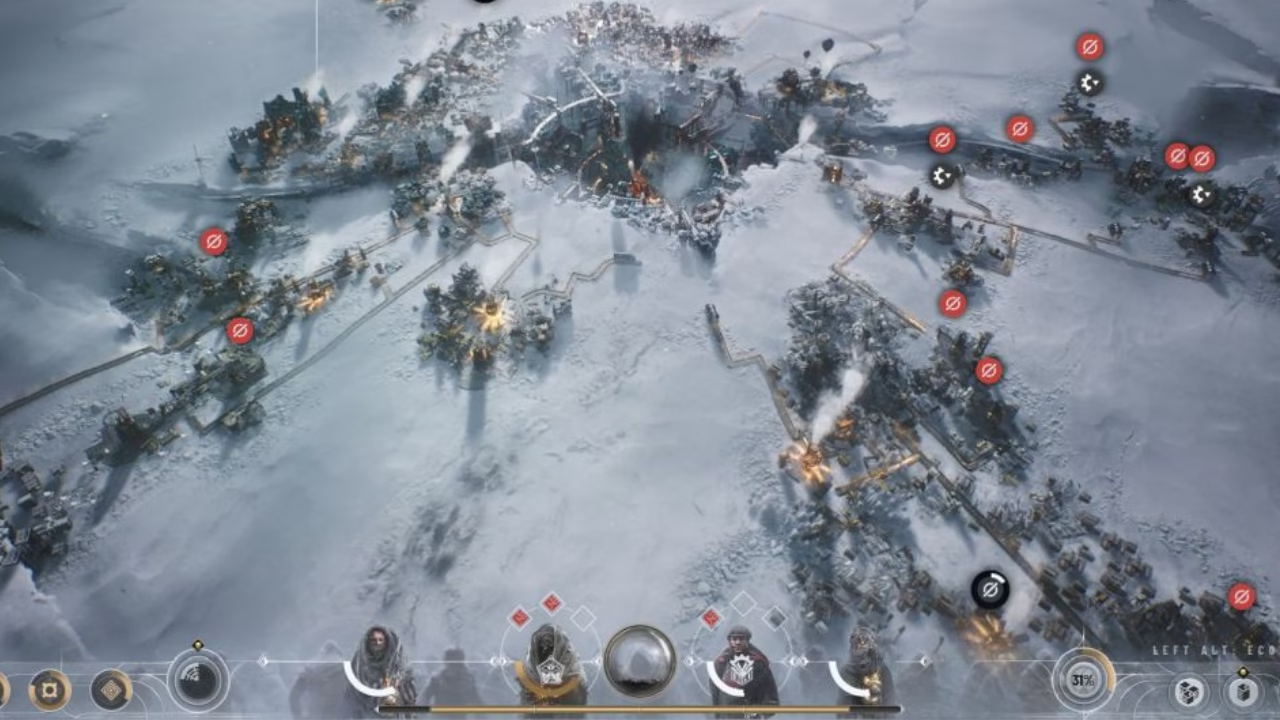
The worldbuilding has expanded: the influence of industrialisation, the shift toward petroleum, and long-term ideological conflict all feed into your decision space. But at times, the story feels modular, more a vehicle for pushing new mechanics than a cohesive emotional arc.
Lastly I wanted to mention visuals and audio. Graphically, the game is solid, snow swirls, lighting on machinery, and industrial textures—all serve to build the mood. There are moments of beauty in ruin. But because of the performance strain, you may need to dial back settings on high-density scenes.
The sound design is effective. Ambient wind, cracking ice, machinery hum, and background chatter combine to reinforce immersion. The music is suitably sombre, rarely overpowering but always alerting you to tension. Voiceovers are sparse, but when used, they punctuate key narrative beats.
Verdict:
Frostpunk 2 is a daring, imposing sequel that pushes the series into grander terrain. It stretches the formula—trading some of the first game’s intimacy for macro complexity and political depth. If you approach it with patience and willingness to wrestle with dense systems, there is a powerful experience to be had.
However, it isn’t without its flaws. Performance instability, UI overload, and a diminishing emotional touch in later hours may turn some players away. For fans of the original who expect more of the same, the shift may feel jarring or disappointing.
In my view, Frostpunk 2 succeeds more often than it stumbles. It’s not perfect, but it’s a bold evolution rather than a safe sequel—and I respect it for that.
Score:
8.3/10
Please don’t forget to like our Facebook page and follow us on Twitter.
The code was provided free of charge for my honest and unbiased review.
Pros
- Ambitious political and faction systems
- Large-scale city building with sprawling districts
- Runs well on Series X with only minor dips
- Sandbox/Utopia mode adds strong replay value
- Bleak, atmospheric presentation remains compelling
Cons
- Controller navigation can feel clunky in menus
- Performance dips in dense city areas
- UI is overwhelming at times
